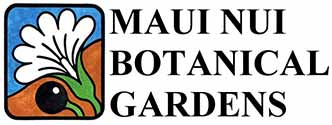Seed banking to support a diversity of coastal plants
by Tamara Sherrill
How many native plants grow on your favorite Maui beach? If you are like me, your favorite South shore beach has two: naupaka kahakai and pōhuehue, and your favorite North Shore beach has three: ‘aki ‘aki,‘ākulikuli, and one lonesome ‘ōhelo kai. Although they didn’t all occur together, more than 100 native plant species once thrived in coastal and wetland areas on Maui. Imagine our beautiful sandy beaches if they had the full complement of native plants that once grew there!
You can still see intact coastal vegetation at The Nature Conservancy’s Mo‘omomi Preserve on Moloka‘i, and Kaena Point Natural Area Reserve on O‘ahu. On Maui, Kanahā Beach Park near the sewage treatment plant is replanted with native plants that have been lovingly tended for years, mostly by a single volunteer. Mauka is Kanahā State Wildlife Sanctuary, where native birds, native plants, and a natural wetland are carefully protected, as they are at the Kealia Pond National Wildlife Refuge across the isthmus. The Hawai‘i Islands Land Trust’s Waihe‘e Coastal Dunes and Wetland Refuge has a beautiful assemblage of coastal native plants along the rocky beaches. If you are willing to hike farther, the King’s Trail at ‘Āhihi Kīna‘u Natural Area Reserve will lead you to Kanaio Beach, which still has naio, pā‘u ō hi‘iaka, and others. Places and projects like these show us that although Maui’s most popular beaches are fringed by non-native species, they don’t have to be.
Because Maui Nui Botanical Gardens is located on a remnant consolidated dune system, we’ve been growing coastal Maui Nui plants for more than 15 years. We want the Garden to become more useful to people who currently protect native plants and natural areas, and those who wish to do so in the future. To do this, we are taking steps to improve the way we manage our seed bank of coastal, low elevation, and wetland Maui Nui plants, both rare and common.
“Seed banking” means long-term seed storage, using a variety of techniques. Seed banks use the least amount of space, money, and effort to ensure that plant populations are adequately backed up in case of a population decline or extinction in the wild. Seeds of some species, if stored properly, can remain viable for decades. This can buy valuable time for land managers who are trying to protect rare plant populations but may not yet have a fenced or secure site for new seedlings. In the case of forest fires, seed banking of large amounts of common native species can assist in restoration already an important part of conservation programs at Lyon Arboretum and the O‘ahu Army Natural Resources on O‘ahu, the National Tropical Botanical Gardens on Kaua‘i, and the Hawai‘i Forest Institute on Hawai‘i. These organizations, along with the National Center for Germplasm Resources Protection in Colorado and Royal Botanic Gardens Kew Millennium Seed Bank, form the Hawaii Seed Bank Partnership.
We want to be a part of this important work, and this year, a grant from the Hawai‘i Tourism Authority and Hawai‘i Community Foundation is helping us take the first step. For many years at MNBG we have collected, labeled, and stored seeds in a dedicated refrigerator to assist in backing up our own plant collection. A recent inventory of these seeds by University of Hawai‘i intern, Ivey Luedtke, showed that we had 501 separate seed accessions, 221 of which were endangered species. Of 132 species represented, 103 were coastal species. Although we use our seeds for propagation for our own events and landscape, it is time to take a harder look at what we have, why we have it, and how we store it.
A survey is going out to Maui organizations that manage natural areas, to determine what species are of interest to their projects. With this information, we will make a priority list of which species to grow, collect seeds of, and store at MNBG in future. We have cleared office space and will be purchasing new equipment that will allow us to process, dry, weigh, catalog, and store seeds for much longer, test the seeds periodically for viability, and track which seed belongs with which project. Our Plant Collections Manager, Chris d’Avella, is traveling to ‘Oahu next month to receive training in seed storage techniques from staff at Lyon Arboretum and other visiting experts. We’re excited to take this next step. Mahalo to the Hawai‘i Tourism Authority and Hawai‘i Community Foundation for providing the funding for this project. We would like to also recognize Marian Chau and Tim Groessig of Lyon Arboretum, Margaret Clark of National Tropical Botanical Garden, Jill Wagner of the Hawaii Island Native Seed Bank, Hank Oppenheimer of the Plant Extinction Prevention Program, and Alvin Yoshinaga, who have been generous with their encouragement and technical expertise.
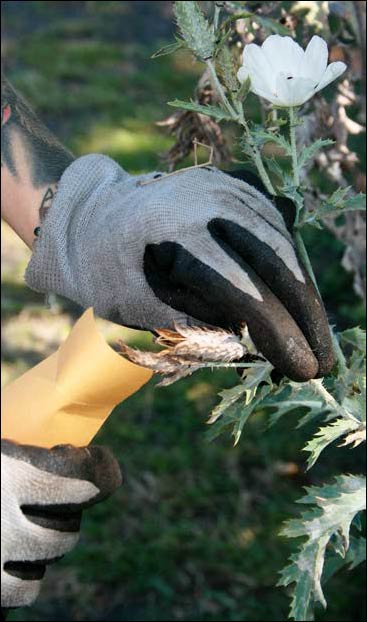
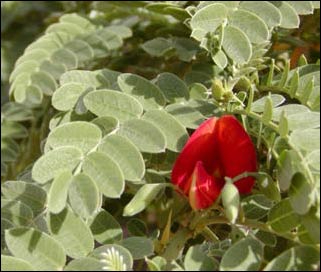
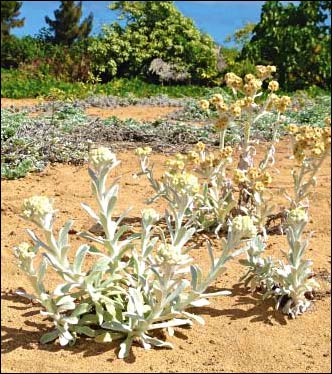

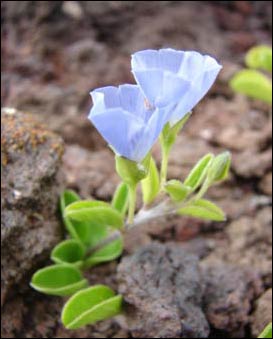
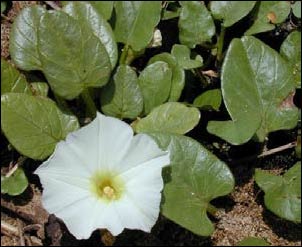
Location
The Garden is located at 150 Kanaloa Avenue in Kahului, Maui, right across from the War Memorial Stadium.
(808) 249-2798
Hours of Operation
Tuesday through Saturday,
8:00 a.m. – 4:00 p.m.
Closed occasionally for inclement weather and Hawaii State Holidays.
Admission
Members: Free
General: $10
Keiki Under 12: Free
Kama'aina: Free
(with Hawai'i ID)
